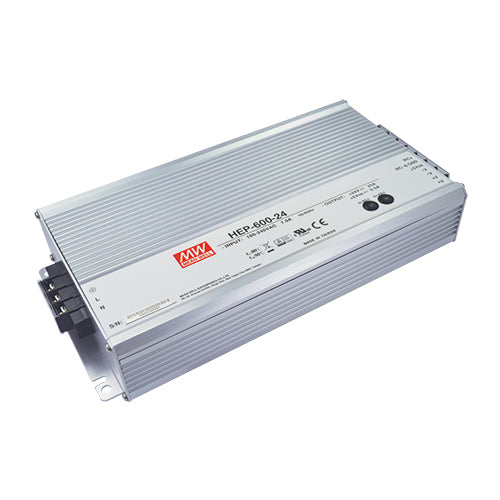Hi All,
I am messing around using pressurized air to charge a bank of 12V lead acid batteries. The batteries are wired for 24V each at 100 Ah. The battery bank powers some small things in a shed (~ 100 watts). The set up I currently have is a Wanco AB30 240V belt driven generator connected to a PSU that cuts and converts voltage from ~230V AC to ~29V DC. That DC is then fed into a MPPT 250 charger which then feeds the batteries. The hydro prime mover is very steady, but will produce different voltage depending on load. Currently I only have the MPPT charge controller set to do a max of 9 amps to avoid the PSU input voltage dropping below 100V.
I tried rectifying the AC to DC and bypass the PSU but the 240VAC turns into 320VDC. The charger controller can only accept up to 250VDC
I have two questions:
Any help is much appreciated!
parts:
I am messing around using pressurized air to charge a bank of 12V lead acid batteries. The batteries are wired for 24V each at 100 Ah. The battery bank powers some small things in a shed (~ 100 watts). The set up I currently have is a Wanco AB30 240V belt driven generator connected to a PSU that cuts and converts voltage from ~230V AC to ~29V DC. That DC is then fed into a MPPT 250 charger which then feeds the batteries. The hydro prime mover is very steady, but will produce different voltage depending on load. Currently I only have the MPPT charge controller set to do a max of 9 amps to avoid the PSU input voltage dropping below 100V.
I tried rectifying the AC to DC and bypass the PSU but the 240VAC turns into 320VDC. The charger controller can only accept up to 250VDC
I have two questions:
- I would like to replace the (expensive) PSU with a rectifier and transformer. The rectifier I can figure out, but not sure what an appropriate transformer would be. I found a few 240VAC to 120VAC, but the VA are very small. Ideally I would like to feed 500 W to the batteries when needed.
- How would you improve my set up? I think if I were to do it again I would use something closer to a marine 24v alternator instead of the Wanco I have now.
Any help is much appreciated!
parts:



